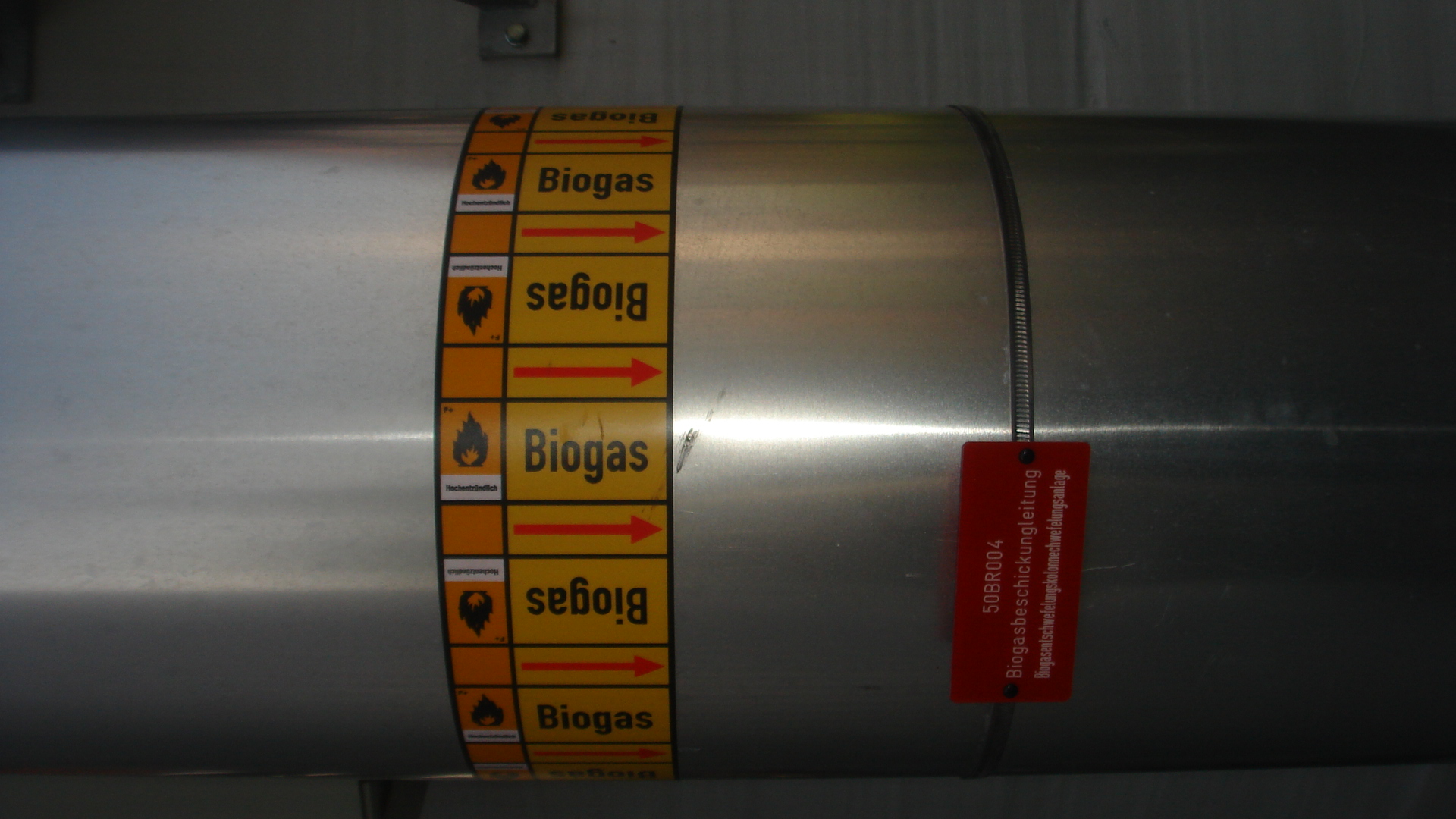California Gov. Jerry Brown (D) signed Senate Bill 350 (SB 350) into law, officially moving the state to a 50% renewables by 2030 mandate, the Los Angeles Times reports.
SB 350 also mandates a 50% energy efficiency increase for existing California buildings by 2030, giving state energy agencies the authority to review existing programs, alter regulations and rechannel funding to achieve the higher efficiency mandate.
Heavy lobbying by the oil and auto industries forced State Sen. Kevin de León (D), who authored the bill, to remove a requirement calling for a 50% cut in petroleum use by 2030. But Brown declared he will exercise executive power through the state’s Air Resources Board to regulate petroleum use.
California just cemented its position as a leader in the renewable energy sector. Gov. Jerry Brown (D) declared the law will make a positive mark on an emerging “climate catastrophe” while mending the health impacts of air pollution.
“This is going to be a long march to transition the entire modern world to a decarbonized future,” Brown said. “It’s important, and we’re doing it in California.”
The 50% renewables mandate will be implemented by the California Public Utilities Commission (CPUC) for investor-owned utilities, and by the California Energy Commission for municipal utilities. Each utility must submit a procurement plan for review by the authorizing agency.
California’s investor-owned utilities are well on their way to meeting the state’s previous 33% renewables by 2030 mandate, PV Magazine reported. Utility officials and energy analysts have told Utility Dive the companies are capable of meeting a 50% renewables goal by 2030 despite the challenges associated with the goal.
There is, deep within the text of SB 350, “a full codification of the 2030 and 2050 climate targets” which oil industry lobbyists pushed lawmakers to remove from the bill, according to Capitol Weekly. The bill also retains “a powerful new set of directives to state energy agencies to meet those targets.”
Instead of the original mandate on petroleum use, Capitol Weekly reports that these so-called “Transportation Electrification” provisions use marketplace competition between utilities and the tech sector to cut California’s reliance on petroleum as a transportation fuel and grow zero emissions vehicles.
The future of PG&E’s ambitious push for a charging EV station program is up in the air, but two other investor-owned utilites rolled out their own programs designed to enhance EV use in the state.
Brown declared that he will exercise his executive authority to regulate petroleum use through the state’s Air Resources Board.

